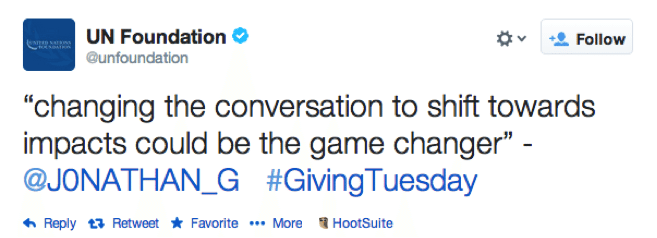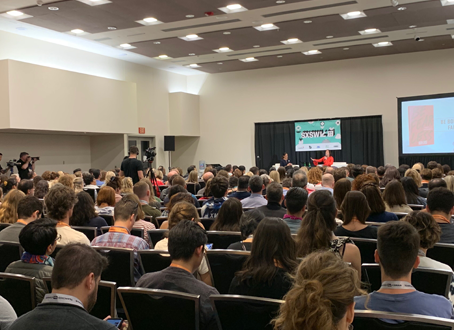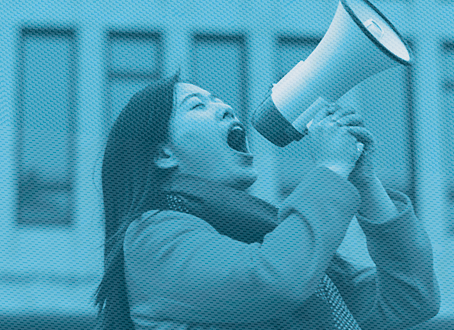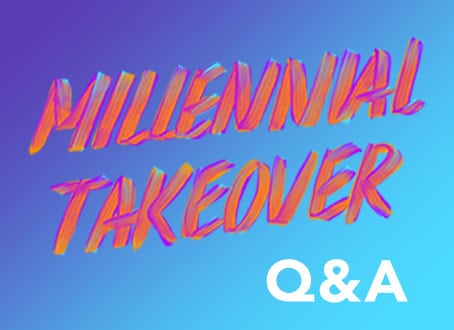Last week, I was fortunate enough to attend and present at the #GivingTuesday Best Practices Summit at the United Nations Foundation’s new Washington, D.C., office. The event was designed to allow #GivingTuesday partners to compare notes, share successes and discuss the next steps for the #GivingTuesday movement. #GivingTuesday is a worldwide giving movement that takes place on the day after Thanksgiving.
Several robust panel conversations, called “posses,” reinforced the collaborative format of the summit. Topics discussed included community building, how #GivingTuesday can connect with your holiday campaign, and how organizations are using social media to launch a creative campaign. The advice from real world #GivingTuesday practitioners overflowed! There was something for everyone and I was inspired by two comments from Rachel Hutchisson, the Director of Corporate Citizenship & Philanthropy at Blackbaud, that encapsulated the fact that #GivingTuesday is an evolving movement with incredible potential. She said that “GivingTuesday isn’t magic. It’s about weaving it into your existing programs and strategies. It is also about getting supporters to think about their giving in new and creative ways.”
In addition to the posses, Jonathan Greenblatt, director of the Office of Social Innovation and Participation, gave an engaging keynote address where he challenged #GivingTuesday partners to think about impact and not just fundraising. Two tweets that stood out for me from his talk were:


Jonathan’s keynote set the stage for an important conversation that I heard throughout the day about the importance of impact and measurement around #GivingTuesday. I think about #GivingTuesday as two intertwined campaigns:
- Campaign with a “big C” is the overall movement, led by the UN Foundation and the 92nd St Y, that includes overall strategy, momentum leading and movement building.
- campaign with a “little c” is the individual initiatives and projects that each #GivingTuesday partner takes on. These campaigns are big, small and everything in between. They are tailored to each partner’s needs, community and goals.
As we talk about #GivingTuesday measurement, it’s important to think about what’s necessary and possible for the overall Campaign and what is important to individual partners in each of their campaigns. #GivingTuesday can help build capacity and skills for nonprofits and partners to better know how to measure their online engagement and fundraising. The harder task to tackle is how to measure the overall Campaign or movement. Measuring a movement is difficult – there are thousands of groups participating with unique goals and operations processes. We want the movement to be owned by those groups and to feel like everyone has a stake in the game. It is still essential, though, to show that the movement is gaining ground and impacting the world.
As we enter into the third year of #GivingTuesday, I am encouraged to see groups tackling the measurement idea and look forward to seeing how partners can come together to show the immense impact that #GivingTuesday has had and can have on giving back. Matt Bishop, New York Bureau Chief at The Economist, closed the day with a hopeful message that rings true across the nonprofit sector:

To see more from the #GivingTuesday Best Practices Summit, check out the corresponding Storify!








